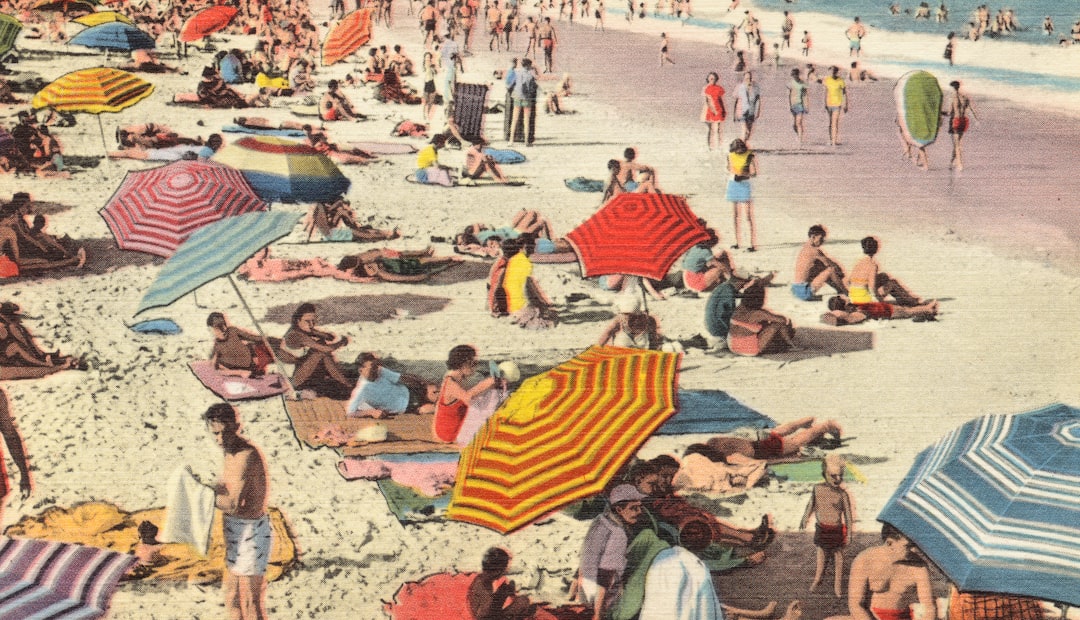**Introduction**
Art is not merely a collection of beautiful objects or moments captured in time; it is a profound narrative of human history, emotion, and intellect. From the primitive cave paintings to the abstract complexities of modern art, every stroke and sculpture tells a story of cultural shifts, technological advancements, and the unyielding human spirit. This article delves into the multifaceted relationship between art and human evolution, exploring how art has not only depicted but also influenced societal transformations throughout the centuries.
The Dawn of Expression
The journey of art begins with the earliest human civilizations, where the primal need to communicate transcended into the creation of symbolic representations. Cave paintings, such as those in Lascaux, France, are more than mere records of prehistoric wildlife; they are the earliest expressions of human consciousness and communal life. These artworks offer insights into the rituals, beliefs, and daily activities of our ancestors, serving as a window into a time when art was not an object of contemplation but a vital part of survival and communication.
Art as a Reflection of Societal Values
As societies evolved, so did their artistic outputs. The ancient Egyptians used art to reinforce the divine authority of pharaohs and immortalize their achievements, while Greek art celebrated human form and intellect, mirroring the society’s admiration for humanism and reason. During the Middle Ages, European art largely focused on spiritual themes, dominated by the Church’s influence. This era’s art was not just about decoration but was a medium to communicate religious doctrines to the largely illiterate populace.
The Renaissance – Rebirth through Art
The Renaissance period marked a significant revival of art, influenced by a renewed interest in classical antiquity. This era demonstrated how art could influence societal views and cultural standards. Artists like Leonardo da Vinci and Michelangelo did not merely create; they innovated and challenged the conventions of their time, blending science with art to explore human anatomy, perspective, and proportion. Their works not only depicted the human condition but also elevated art to a medium of intellectual and cultural revolution.
Art as a Catalyst for Social Change
Moving into more recent history, art has often been a tool for social commentary and change. The Romanticism movement, with its emphasis on emotion and individualism, was in many ways a reaction against the industrial revolution’s dehumanization. Similarly, modern movements such as Cubism and Surrealism broke traditional boundaries to explore and question the realities of the contemporary world. In times of political turmoil and social unrest, art has provided a powerful platform for dissent and a catalyst for advocating change.
The Digital Age and Future Frontiers
In today’s digital age, art continues to evolve with technological advancements. Digital art, virtual reality, and AI-generated artworks challenge traditional notions of artistry and creation, opening up new avenues for interaction and interpretation. As we stand on the brink of these new artistic frontiers, one can only speculate how these innovations will further transform the societal landscape. What remains constant, however, is art’s role in mirroring and molding the human experience.
**Conclusion**
Art remains a testament to human innovation and a mirror of our evolving societies. It captures the essence of eras, reflects societal values, and even provokes change. As we continue to create and interpret art, it will undoubtedly continue to play a crucial role in narrating the story of humanity, providing not just a record of our existence but also a compass for where we might be headed.







